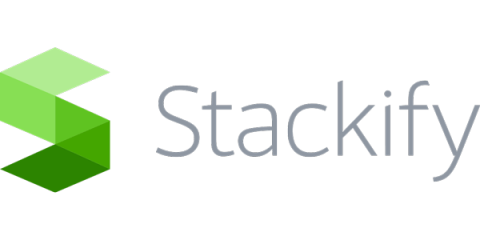Node.js Microservices: Developing Node.js Apps Based On Microservices
Node.js application developers, in the ever-evolving business landscape, enjoy tangible advantages while incorporating microservices in Node.js apps development. The microservice architecture, or microservices, is a distinct method of software systems development, which attempts to create modules that are single-function, with well-defined operations and interfaces.






